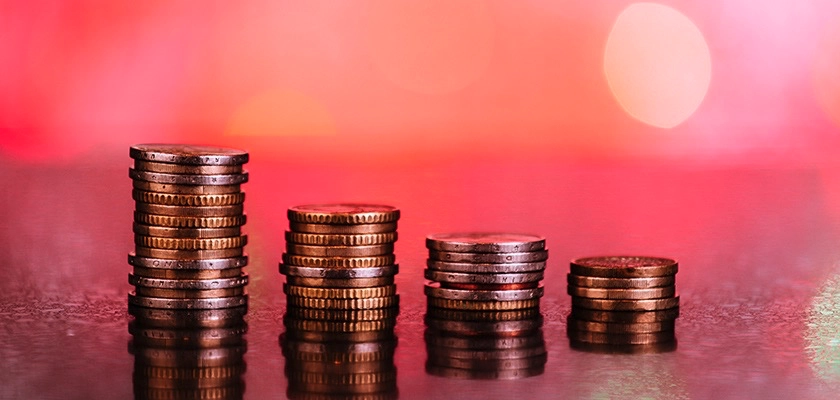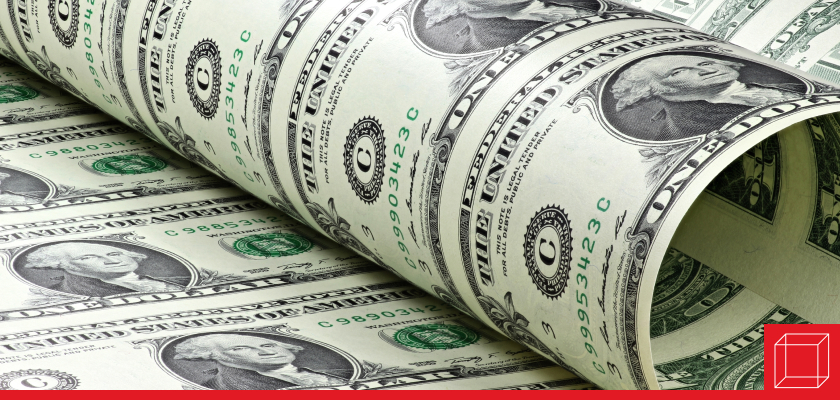The World’s Oldest Coin Mint Is Discovered in China | December 2021
Archaeologists discovered the world’s oldest known coin mint in Guanzhuang, China. The coin dates between 640 and 550 B.C.E. and shifts what we know about the history of money.

Archaeologists discovered the world’s oldest known coin mint in Guanzhuang, China. The team used accelerator mass spectrometry (AMS) radiocarbon dating to date the operation from 640 and 550 B.C.E. (Before the Common Era). Archaeologists also uncovered spade-shaped metal currency inside the bronze foundry.
About Guanzhuang, China
Guanzhuang was founded around 800 B.C.E. and abandoned sometime after 450 B.C.E. Archaeologists, who have been working to excavate the city for a decade, have uncovered wall foundations, moats, ceramics, burials, and historical records in the area, suggesting it was a regional center of the Zheng State. This area is now central China’s Henan Province.
Inside the Foundry
The bronze foundry was discovered in a craft-production area outside of the inner gate of the city. Tools used to cast artifacts, such as crucibles and ladles, were discovered alongside finished coins, bronze droplets, unfinished artifacts, artifact fragments, pieces of charcoal, thousands of clay molds, and large pits for production waste. This is the first coin mint of its kind to be dated with certainty.
The History of Money
The discovery has significant implications for the history of money. It is unclear why the foundry began minting coins, but soon after it did, other foundries across China followed in its footsteps. Since the mint was discovered close to a political center, it is possible the coins were made on government orders for the collection of taxes and debts. This would mean the coins were a political technology rather than a purely economic technology.
This 2,600-year-old mint essentially rewrites the history of money as we know it. Previously, the first known coin mint was in modern Turkey, which produced coins almost a century later.
The casting molds uncovered were made using a measuring tool and were used to make spade coins, a form of standardized money, with minimal variation. Before standardized coins, many different materials and goods were used as money or currency. People would accept these items in exchange for goods and services. The coins, which replaced cowrie shells during the Zhou dynasty, now represent the world’s earliest known standardized metal coin.
“Making coins was one of the most revolutionary financial innovations in human history,” said Hao Zhao, the lead author of the research paper published in Antiquity and researcher at Zhengzhou University, in a statement.
Finding the molds and coins together is a particularly unusual finding as ancient coins are more often discovered far removed from the locations where they were minted. This typically makes it difficult to date coins.
In the Classroom
This article can be used to discuss money in the history of money (Chapter 15: Money and the Financial System).
Discussion Questions
- What is money?
- How do archaeologists know the coins discovered were standardized?
- Why is the discovery of the world’s oldest known coin mint significant?
This article was developed with the support of Kelsey Reddick for and under the direction of O.C. Ferrell, Linda Ferrell, and Geoff Hirt.
Sources
Jesse Holth, "World’s Oldest Coin Mint Discovered in 2,800-Year-Old Chinese Foundry," ARTnews, August 6, 2021, https://www.artnews.com/art-news/news/oldest-mint-spade-coins-chinese-foundry-1234601047/
Livia Gershon, "World's Oldest Known Coin Mint Found in China," Smithsonian Magazine, August 9, 2021, https://www.smithsonianmag.com/smart-news/worlds-oldest-known-coin-mint-found-china-180978394/
Stephen Chen, "Could This Site in Central China Have Produced the World’s Oldest Coins?" South China Morning Post, August 19, 2021, https://www.scmp.com/news/china/science/article/3145688/could-site-central-china-have-produced-worlds-oldest-coins



